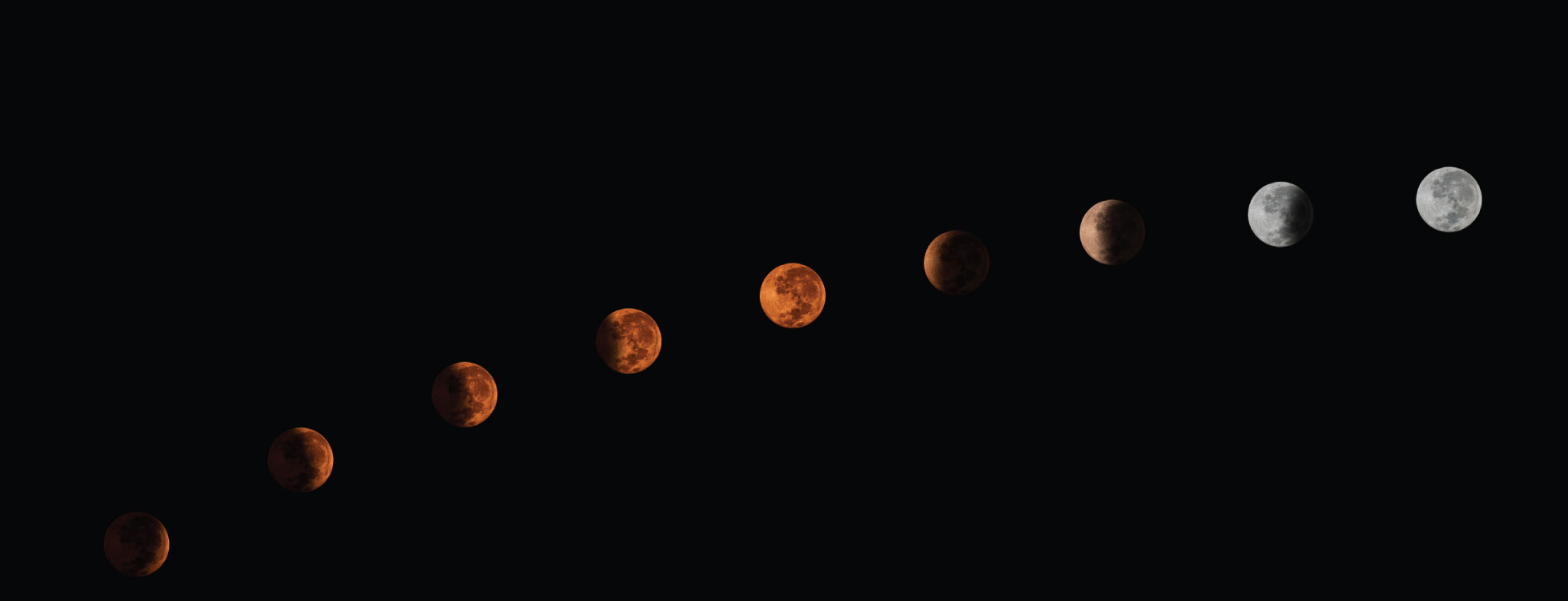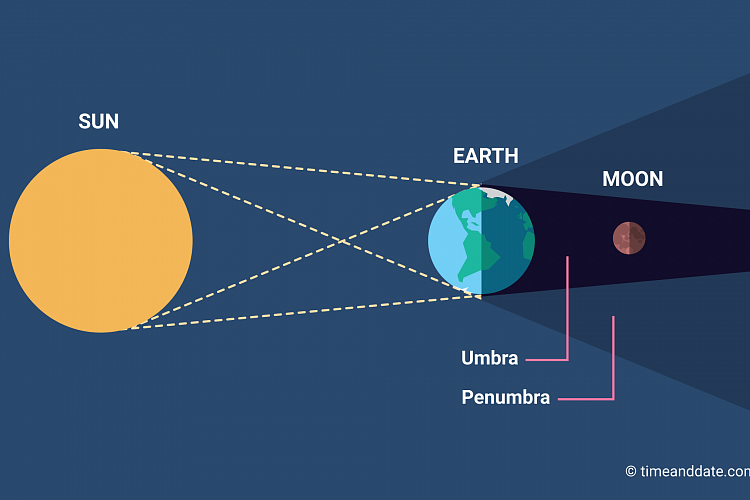
Minnesota Skies: January 2019
Your local guide to observing celestial objects and events
Published12/27/2018 , by Parke Kunkle
The new year begins with a variety of treats in our Minnesota skies. Ruddy Mars fades from its glorious appearance in previous months, but can still be seen in the southwest skies in the evening all month. In the morning, Venus and Jupiter both beam brightly as they appear to approach each other to within 3 degrees on the nights of Jan 21 – 23, even though they are actually many millions of miles apart. The Moon joins this celestial duo both early and late in the month which should give us some gorgeous photo opportunities.
Remember to look at the stars, too. Orion, one of the most recognizable constellations in the sky, gleams around 10 pm in the south. Notice his entourage of surrounding stars such as Sirius, the brightest star in the sky.
Total lunar eclipse
Save the date! Hopefully, clear skies will allow for impressive views of the total lunar eclipse on January 20.
A lunar eclipse occurs when Moon passes through Earth’s shadow. January’s eclipse also happens to be a Super Moon, which occurs when the full Moon is near perigee, its closest point to Earth in its orbit around the Earth. Since it is winter, Moon will be high in the sky for us to see. Moon often appears ruddy, copper red during totality due to sunlight bending through Earth’s atmosphere, hence the name blood moon. As the first full moon of the year, you may also see it referred to as a wolf moon, or altogether: super blood wolf moon.
Moon’s reddish color will peak locally between 10:41 pm and 11:43 pm (see Sky-lights below for more). You don’t need special equipment to view a lunar eclipse, but you might be able to snap a few photos with the help of binoculars or a telescope.
Night owls: Join the Bell Museum astronomy crew to view the lunar eclipse with large telescopes.
Bonus: this is also a great time for stargazing as moon is less than 100th the amount of brightness, making stars appear brighter and clearer. Double bonus: The eclipse occurs on the Sunday of a three day weekend so kids can stay up late to watch it, too.
Sky-lights
| January | Highlight | Comments |
| 1-31 | Venus & Jupiter visible at dawn all month | Watch them approach each other until Jan 21-23 |
| 1-31 | Mars visible in the evening all month | SW |
| 1 | Bright Venus just below thin crescent Moon | 6:30 am, SE |
| 2 | Earth closest to Sun at 91.4 million miles | |
| 2 | Venus above and Jupiter below thin crescent Moon | 6:45 am, Low SE |
| 3 | Jupiter 4 degrees right of very thin crescent Moon | 7 am, Low SE |
| 12 | Mars 5 degrees above right of Moon | 8 pm, SW |
| 20 | Super Moon total lunar eclipse | Partial begins 9:34 pm Total begins 10:41 pm Mid-eclipse 11:12 pm Total ends 11:43 pm Partial ends 12:51 am, Jan 21 |
| 21-23 | Jupiter within 3 degrees of bright Venus | 7 am, SE |
| 30 | Jupiter 6 degrees below left of Moon | 7 am, SE |
| 31 | Venus 3 degrees left of Moon | 7 am, SE |
Resources
When viewing planets, stars or constellations in the night sky, it is helpful to use a sky map. Minnesota Starwatch is another great resource for tracking the night sky.
Meet up with other stargazing enthusiasts via Twin Cities Sidewalk Astronomers, MN Astronomical Society & MN Institute for Astrophysics.


